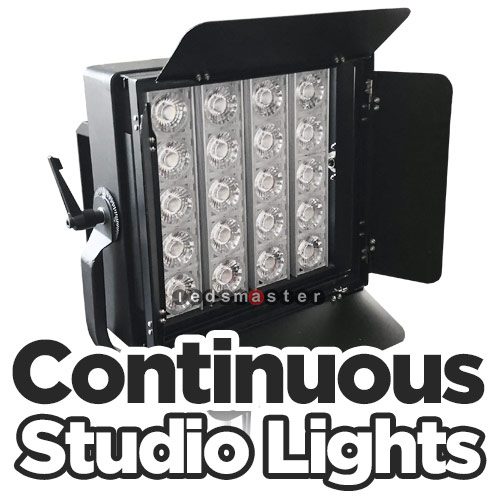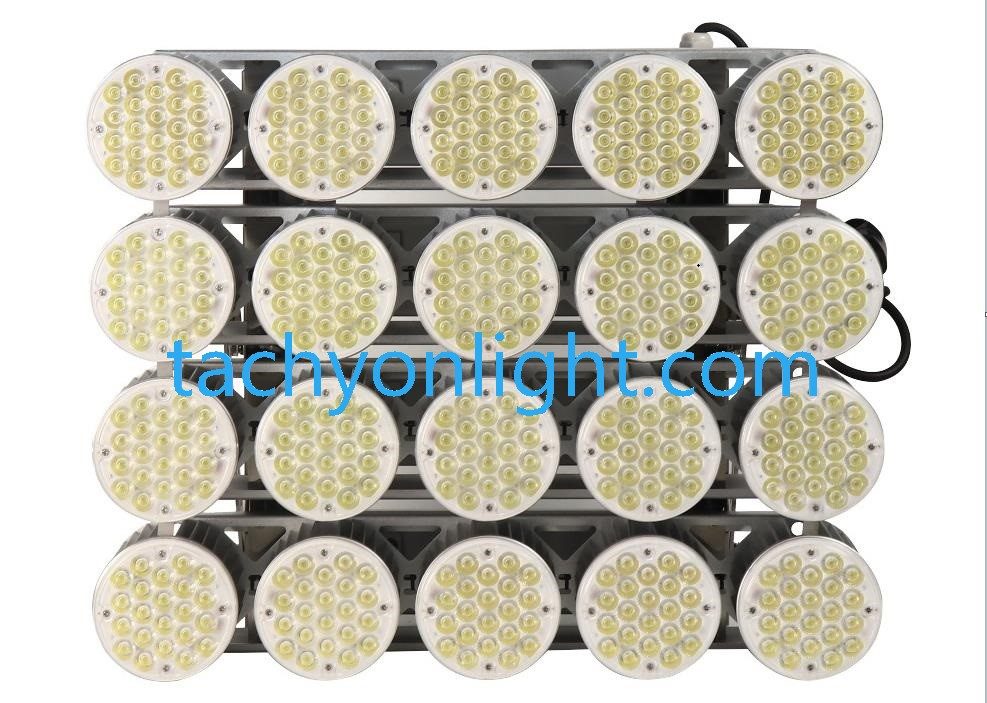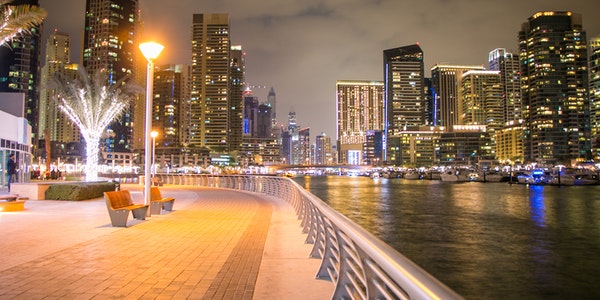What is Metal Halogen Light?
The metal halide lamp is a discharge lamp that produces arc discharge in the mixed vapor of mercury and rare metal halide. The metal halide lamp is a discharge lamp made by adding various metal halides to the high-pressure mercury lamp.
Generation light source.
The lighting adopts sodium scandium metal halide lamp.
The metal halide lamp has the characteristics of high luminous efficiency, good color rendering performance, and long life. It is a new energy-saving light source close to daylight. It is widely used in stadiums, exhibition centers, and large shopping malls. Indoor lighting for industrial plants, street squares, stations, docks and other places.
Performance structure
There are two types of metal halide lamps (metal halide lamps for short), one is a quartz metal halide lamp whose arc tube bulb is made of quartz, and the other is a ceramic metal halide lamp whose arc tube bulb is made of half Made of transparent alumina ceramics, the metal halide lamp is one of the best electric light sources in the world. It has high luminous efficiency (65~140lm/w), long life (5000~20000h), and good color rendering (Ra65~95) Features such as compact structure and stable performance.
It combines the advantages of fluorescent lamps, high-pressure mercury lamps, and high-pressure sodium lamps, and overcomes the defects of these lamps. The metal halide lamp brings together the main advantages of gas discharge light sources. Especially the three advantages of high luminous efficiency, long life, and good light color. Therefore, metal halide lamps have developed rapidly and have more and more uses.
The metal halide lamps on the market are the same as other gas discharge lamps. The filling of the lamp contains mercury. Mercury is a toxic substance. Careless handling of mercury in the lamp will cause pollution to the production environment and damage the health of workers. , When the arc tube is exhausted, a small amount of mercury vapor is discharged. If it is not handled properly, it will be directly discharged into the atmosphere. When the lamp used is damaged, it will cause pollution to the environment.
A gas discharge lamp that emits light from a mixture of decomposition products of metal vapor (such as mercury) and halides (such as halides of elements such as dysprosium, sodium, thallium, and indium). It has the characteristic spectral line of adding metal, so the light color is improved and the light effect is also improved. The correlated color temperature of this kind of lamp is about 4000K, the color rendering index is 70, and the luminous efficiency is above 70lm/W.
The product parameters of the metal halide lamp adopt the unique olive-shaped design of the international leading arc tube, which can bring excellent light color consistency. Effectively solve the uneven color distribution caused by light color drift. The bracket installation structure without solder joints can prevent the solder joints of the bracket from breaking due to high temperature oxidation or oscillation, and further improve the reliability of the bulb. The arc tube is not limited by the ignition position and can achieve ignition at any position. The luminous efficiency is extremely high, 20% higher than ordinary metal halide lighting.
The average luminous efficiency of HPl400/ED/UP/4K is 110lm/w. When used on a reasonable lighting circuit, it has a better protective effect on the electrode of the lamp and can make the life of the lamp longer. The longest can reach more than 20,000 hours. High luminous efficiency and long life can reduce the number of light sources, electrical appliances and lamps used in the project, reduce the number of bulb replacements, and thus reduce overall maintenance costs. It is suitable for vertical and horizontal ignition, and the vertical ignition effect is better. It is most suitable for lighting in factories, large stores, shopping malls, buildings, advertisements, airports and other places that require high light and color consistency.
Working Principle
The arc tube is filled with mercury, inert gas and more than one metal halide. When working, the mercury vaporizes, and the mercury vapor pressure in the arc tube reaches several atmospheres (a few tenths of a megapascal); the halide also evaporates from the tube wall, diffuses into the high temperature arc column and decomposes, and the metal atoms are excited by ionization and emit a characteristic spectrum. line.
When metal ions diffuse back to the tube wall, they meet with halogen atoms in a cooler area near the tube wall and recombine to form halide molecules. This cyclic process continuously supplies metal vapor to the arc.
The partial pressure of the metal vapor at the arc axis is similar to the partial pressure of the halide vapor at the tube wall, generally 1330~13300Pa. The average excitation potential of commonly used metals is about 4eV, while the excitation potential of mercury is 7.8eV.
The total radiation power of the metal spectrum can greatly exceed the radiation power of mercury. As a result, the output spectrum of a typical metal halide lamp is mainly a metal spectrum. Filling with different kinds of metal halides can improve the color rendering of the lamp (the average color rendering index Ra is 70~95).
Only 23% of the mercury arc’s total radiation is in the visible light region, while more than 50% of the metal halide arc’s total radiation is in the visible light region. The luminous efficiency of the lamp can be as high as 120lm/W.
Pros and cons
The biggest advantage of the metal halide lamp is that the luminous efficiency is extremely high, and the luminous efficiency is as high as 80-120Lm/W. Since the spectrum of the metal halide lamp is superimposed on the continuous spectrum based on the dense linear spectrum, the color rendering index is particularly high, that is, the color reduction is particularly good, and the Ra can reach 90.
In addition, the color temperature of metal halide lamps is high, reaching 5000~6000K, and the special projector lamp can reach 7000~20,000K. Under the same brightness conditions, the higher the color temperature, the brighter the human eye feels. Due to the limitations of materials and processes, the domestic metal halide lamp has a life span of 8000 hours
What is LED Light
The working principle of LED lights
LED (Light Emitting Diode), a light-emitting diode, is a solid-state semiconductor device that can convert electrical energy into visible light. It can directly convert electricity into light. The heart of the LED is a semiconductor chip, one end of the chip is attached to a bracket, one end is the negative pole, and the other end is connected to the positive pole of the power supply, so that the entire chip is encapsulated by epoxy resin.
The semiconductor wafer is composed of two parts, one part is a P-type semiconductor, in which holes dominate, and the other end is an N-type semiconductor, which is mainly electrons. But when these two semiconductors are connected, a P-N junction is formed between them. When the current acts on the chip through the wire, the electrons will be pushed to the P area, where the electrons and holes recombine, and then emit energy in the form of photons. This is the principle of LED light emission. The wavelength of light is the color of light, which is determined by the material forming the P-N junction.
Features of LED lights
- Energy saving: the energy consumption of white light LED is only 1/10 of that of incandescent lamps and 1/4 of that of energy-saving lamps.
- Longevity: The life span can reach more than 100,000 hours, which can be described as “one set and forever” for ordinary household lighting.
- It can work at high speed: if the energy-saving lamp is frequently turned on or off, the filament will turn black and break quickly, so it is safer.
- Solid-state packaging, which belongs to the type of cold light source. So it is easy to transport and install, and can be installed in any miniature and enclosed equipment without fear of vibration.
- LED technology is advancing with each passing day, its luminous efficiency is making amazing breakthroughs, and the price is constantly decreasing. The era of white LEDs entering the home is rapidly approaching.
- Environmental protection, no harmful substances such as mercury. The assembly parts of the LED bulb can be easily disassembled, and can be recycled by others without recycling.
- The light distribution technology expands the LED point light source into a surface light source, increases the luminous surface, eliminates glare, sublimates visual effects, and eliminates visual fatigue.
- Integrated design of lens and lampshade. The lens has the functions of concentrating and protecting at the same time, avoiding repeated waste of light and making the product more concise and beautiful.
- High-power LED flat cluster packaging, and integrated design of heat sink and lamp holder. It fully guarantees the heat dissipation requirements and service life of the LED, and fundamentally meets the arbitrary design of the structure and shape of the LED lamp, which has the distinctive characteristics of the LED lamp.
- Remarkable energy saving. Using ultra-bright and high-power LED light source, with high-efficiency power supply, it can save more than 80% of electricity than traditional incandescent lamps, and the brightness is 10 times that of incandescent lamps under the same power.
- Ultra-long life of more than 50,000 hours, which is more than 50 times that of traditional tungsten filament lamps. The LED adopts a highly reliable advanced packaging process-eutectic welding, which fully guarantees the long life of the LED.
- No flicker. Pure DC work eliminates visual fatigue caused by traditional light source strobe.
- Green and environmental protection. Contains no pollution elements such as lead and mercury, and does not pollute the environment.
- Impact resistance, strong lightning resistance, no ultraviolet (UV) and infrared (IR) radiation. There is no filament and glass shell, there is no problem of traditional lamp tube fragmentation, no harm to human body, no radiation.
- Work under low thermal voltage, safe and reliable. Surface temperature≤60℃ (when ambient temperature Ta=25℃).
- Wide voltage range, universal LED light. 85V~265VAC full voltage range constant current, to ensure that the life and brightness are not affected by voltage fluctuations.
- Using PWM constant current technology, high efficiency, low heat, and high precision of constant current.
- Reduce line loss and no pollution to the power grid. The power factor is ≥0.9, the harmonic distortion is ≤20%, and the EMI meets the global index, which reduces the power loss of the power supply line and avoids high-frequency interference and pollution to the power grid.
- The universal standard lamp holder can directly replace the existing halogen lamp, incandescent lamp and fluorescent lamp.
- The luminous efficiency can be as high as 150lm/w, a variety of color temperatures are available, the color rendering index is high, and the color rendering is good.
Obviously, as long as the cost of LED lamps decreases with the continuous improvement of technology, energy-saving lamps and incandescent lamps will inevitably be replaced by LED lamps.
What is the Difference Between LED and Metal Halide
The difference between the metal halide lamp and the LED lamp is: the type of light source, the form of excess energy dissipation, the temperature of the lamp housing, the anti-vibration performance, the light distribution performance and the resistance to grid voltage interference.
- The difference of light source type:
Metal halide lamps are hot light sources; LED lamps are cold light sources.
LED energy is conserved. Except for converting into visible light, excess energy will be dissipated in other ways.
- The difference in the form of excess energy dissipation:
Metal halide lamps use infrared and ultraviolet rays to dissipate excess energy, but infrared and ultraviolet rays will affect product quality and affect human physiology,
The LED lamp generates heat through the light source device, which consumes excess energy, and the heat conduction is very easy to control.
- The difference in the temperature of the lamp housing:
The temperature of the metal halide lamp housing is very high, which can exceed 130 degrees,
The temperature of the lamp housing of the LED lamp is extremely low, normally below 75 degrees. The decrease in the temperature of the LED housing can greatly increase the safety and life of cables, wires, and supporting appliances.
- The difference in vibration resistance:
The filaments and bulbs of metal halide lamps are easily damaged and have poor vibration resistance,
The light source of the LED lamp is an electronic component, which is inherently anti-vibration. LED lamps have unparalleled advantages in vibration resistance.
- The difference in light distribution performance:
The light distribution performance of the metal halide lamp is difficult, the waste is large, and the spot is uneven. It needs a large reflector and the lamp is large in size,
The LED light line is very easy to control, and can achieve a variety of light distributions under the same volume, and the light spot is uniform. The convenient feature of LED light distribution can greatly save the waste of lamps in the light distribution and improve the light efficiency of the lamp system.
- The difference in anti-power grid voltage interference:
Metal halide lamps: Poor, the lamp power changes with the fluctuation of the grid voltage, and it is easy to overload;
LED lights: stable, constant current power source drive can keep the light source power constant when the grid voltage fluctuates.
LED lamps can work normally during the fluctuation of the grid voltage from 85-265 volts, and have no effect on the life of the light source and lamps.




